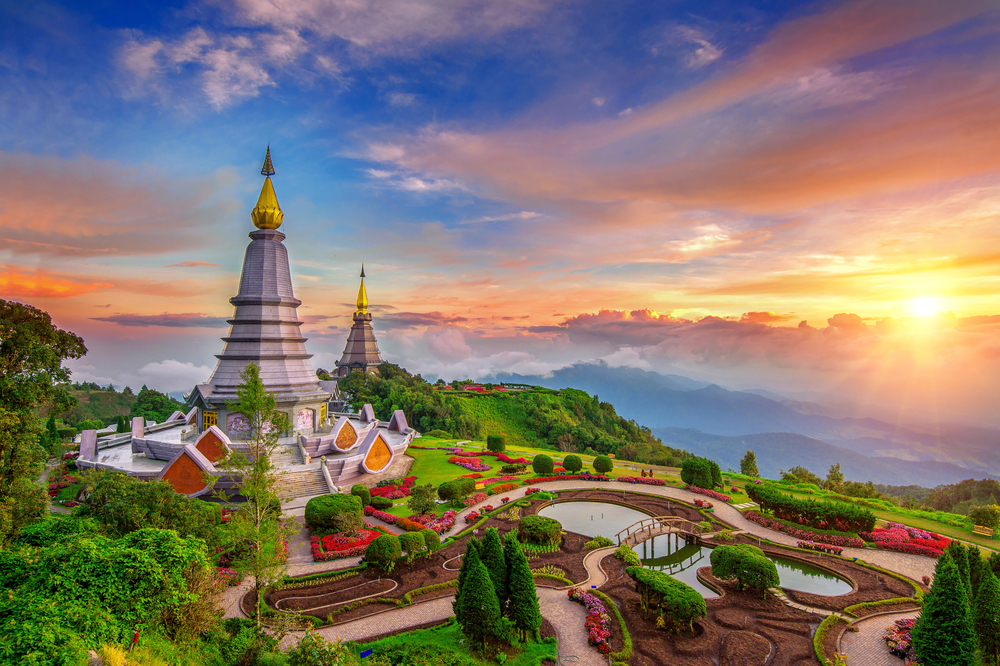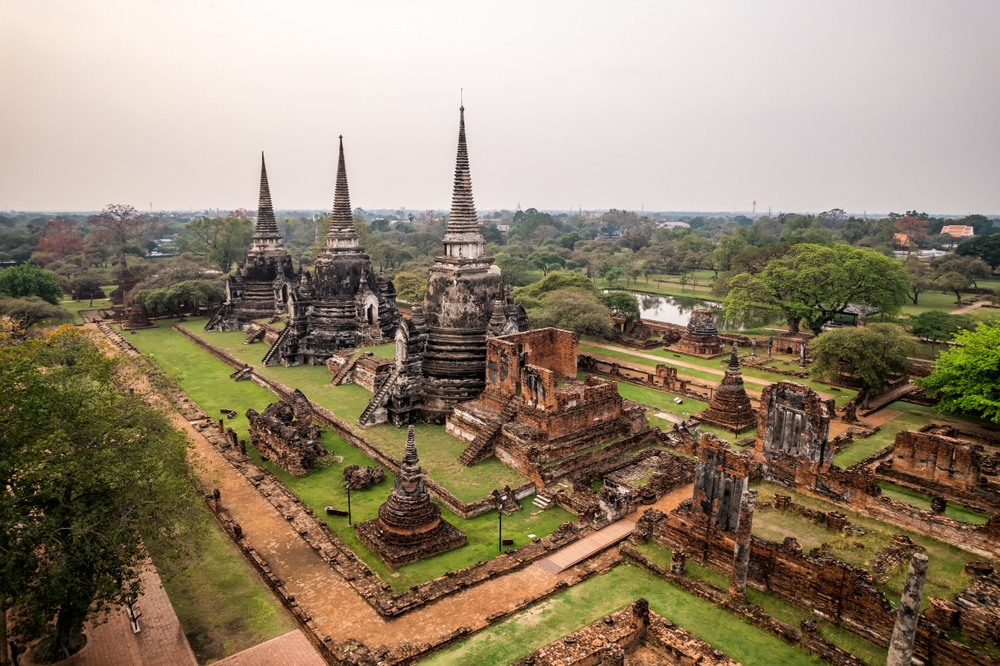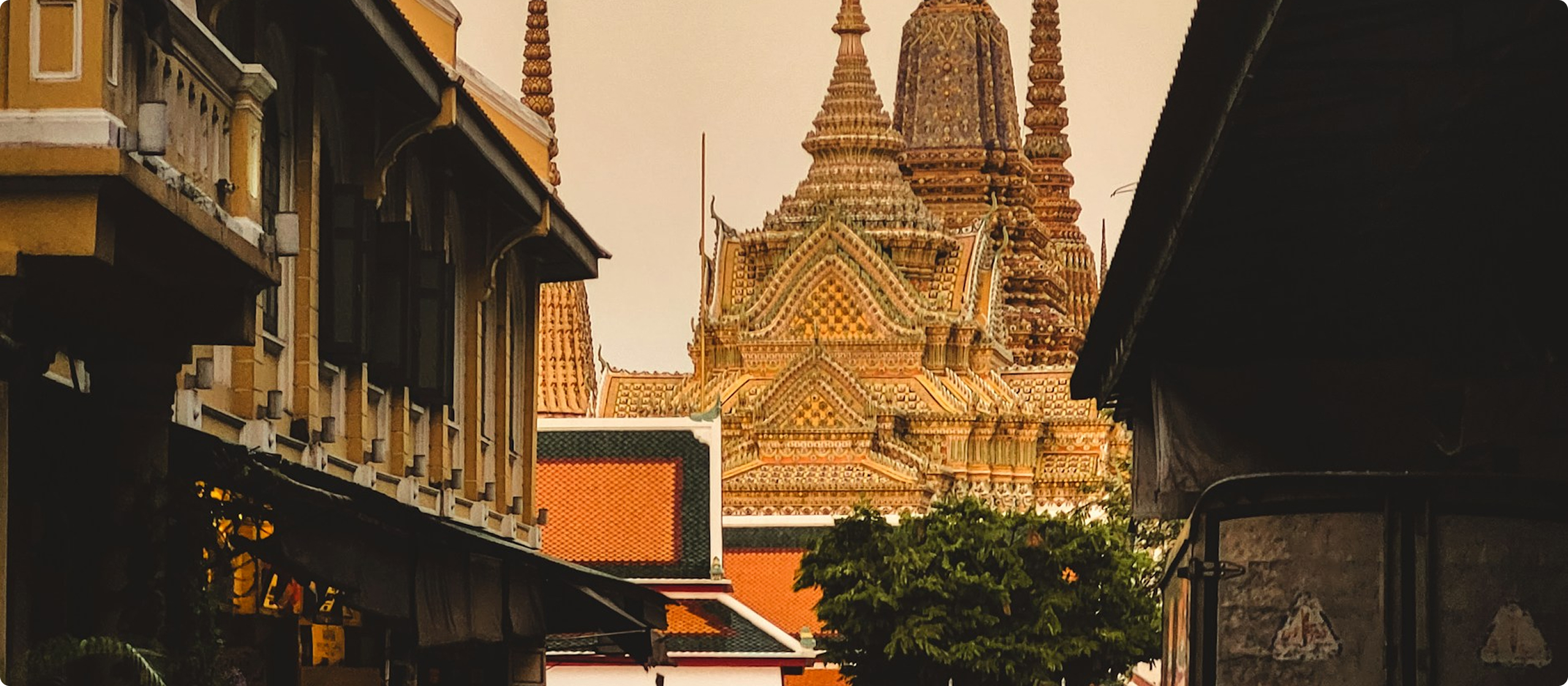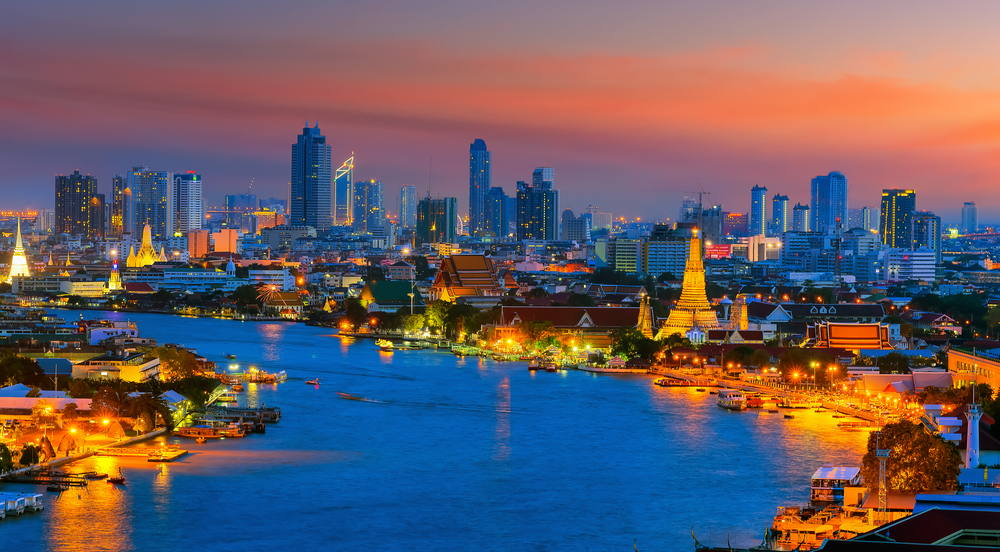The Temples of Thailand: Sacred Spaces and Timeless Beauty
Graceful, golden, and profoundly peaceful — Thailand’s temples are more than architectural marvels; they are the heartbeats of Thai culture.
With over 40,000 temples (wats) across the Kingdom, each tells a story of devotion, artistry, and community. Visiting them offers insight not just into Buddhism, but into the Thai way of life itself.

1. The Role of Temples in Thai Life
Temples, or wats, are the center of Thai spirituality and social life.
They are places of worship, education, and gathering — where monks teach, festivals bloom, and traditions live on.
For many Thais, visiting the temple is part of daily rhythm — offering merit, meditating, or simply finding quiet reflection amidst city life.
🪷 Meaningful Insight: In Thai culture, temples aren’t separate from life; they are woven into it — representing compassion, mindfulness, and gratitude.
2. Bangkok: Where Splendor Meets Serenity
Thailand’s capital holds some of the most breathtaking temples in Southeast Asia — each a masterpiece of design and symbolism.
- Wat Phra Kaew (Temple of the Emerald Buddha):
Located within the Grand Palace, it’s Thailand’s most revered temple. The Emerald Buddha represents national unity and protection. - Wat Pho:
Home to the iconic Reclining Buddha and the birthplace of traditional Thai massage. Its peaceful courtyards and golden stupas invite calm. - Wat Arun (Temple of the Dawn):
Rising gracefully along the Chao Phraya River, Wat Arun’s porcelain mosaics shimmer in the morning light — symbolizing enlightenment.
🌅 Tip: Visit Wat Arun at sunrise or Wat Pho at sunset for the most magical light and fewer crowds.
3. Chiang Mai: The Northern Soul of Spirituality
With over 300 temples, Chiang Mai blends spirituality with mountain mist.
- Wat Phra That Doi Suthep:
Perched high above the city, this temple glows with gold and legend. It’s believed to house a sacred relic of the Buddha.
The view of Chiang Mai from its terrace at dawn is unforgettable. - Wat Chedi Luang:
Once home to the Emerald Buddha, this 14th-century temple’s ruins whisper of Lanna history and resilience. - Wat Phra Singh:
Renowned for its exquisite Lanna-style architecture and intricate woodwork, it remains a center of meditation and learning.
🌿 Experience: Join a temple stay or meditation retreat — a serene alternative to traditional tourism.

4. Ayutthaya: Echoes of an Ancient Kingdom
Once a flourishing empire and spiritual capital, Ayutthaya now stands as a UNESCO World Heritage Site, where ancient ruins evoke centuries of grandeur.
- Wat Mahathat:
Famous for the Buddha’s head entwined within tree roots — a hauntingly beautiful reminder of nature’s embrace of history. - Wat Chaiwatthanaram:
Reflecting Khmer-inspired architecture, its riverfront stupas glow golden at dusk — a photographer’s dream.
📸 Travel Note: Ayutthaya’s temples are best explored by bicycle or boat — slow, scenic, and soulful.
5. Beyond the Cities: Hidden Sanctuaries
- Wat Rong Khun (The White Temple), Chiang Rai:
A surreal, all-white contemporary temple blending Buddhist symbolism with modern art — an architectural poem by artist Chalermchai Kositpipat. - Wat Tham Suea (Tiger Cave Temple), Krabi:
Reach its 1,200 steps to find panoramic views of limestone cliffs and Andaman forests — a spiritual climb in every sense. - Wat Pha Sorn Kaew, Phetchabun:
A mountaintop temple covered in mosaic glass and ceramic — a kaleidoscope of color against mountain mist.
🏔️ Pro Tip: These lesser-known temples offer both solitude and breathtaking beauty — ideal for mindful travelers.

6. Temple Etiquette: Respect and Reflection
When visiting Thai temples, cultural sensitivity transforms your visit from sightseeing to soul-seeing.
- Dress modestly (shoulders and knees covered).
- Remove shoes before entering temple halls.
- Keep voices low and avoid pointing at Buddha images.
- Refrain from physical contact with monks (especially for women).
- Photography is welcome in most areas, but always ask first.
7. Temples and Modern Thailand
Even in a rapidly developing nation, Thailand’s temples remain timeless.
They stand as anchors of identity — connecting digital-era lifestyles to spiritual heritage.
Many younger Thais now rediscover temples not just for religion, but for meditation, mindfulness, and inner balance — values the world increasingly seeks.
✨ Observation: In every temple bell’s chime, there’s a reminder — progress and peace can coexist.
🌺 Final Thoughts
Thailand’s temples are living legacies — blending faith, artistry, and philosophy into forms of gold and stone.
Each "Wat" invites you to pause, breathe, and reconnect with what truly matters.
Whether you come to admire, meditate, or learn, you’ll leave with something quietly profound: a sense of stillness that lingers long after your visit ends.





.png)











